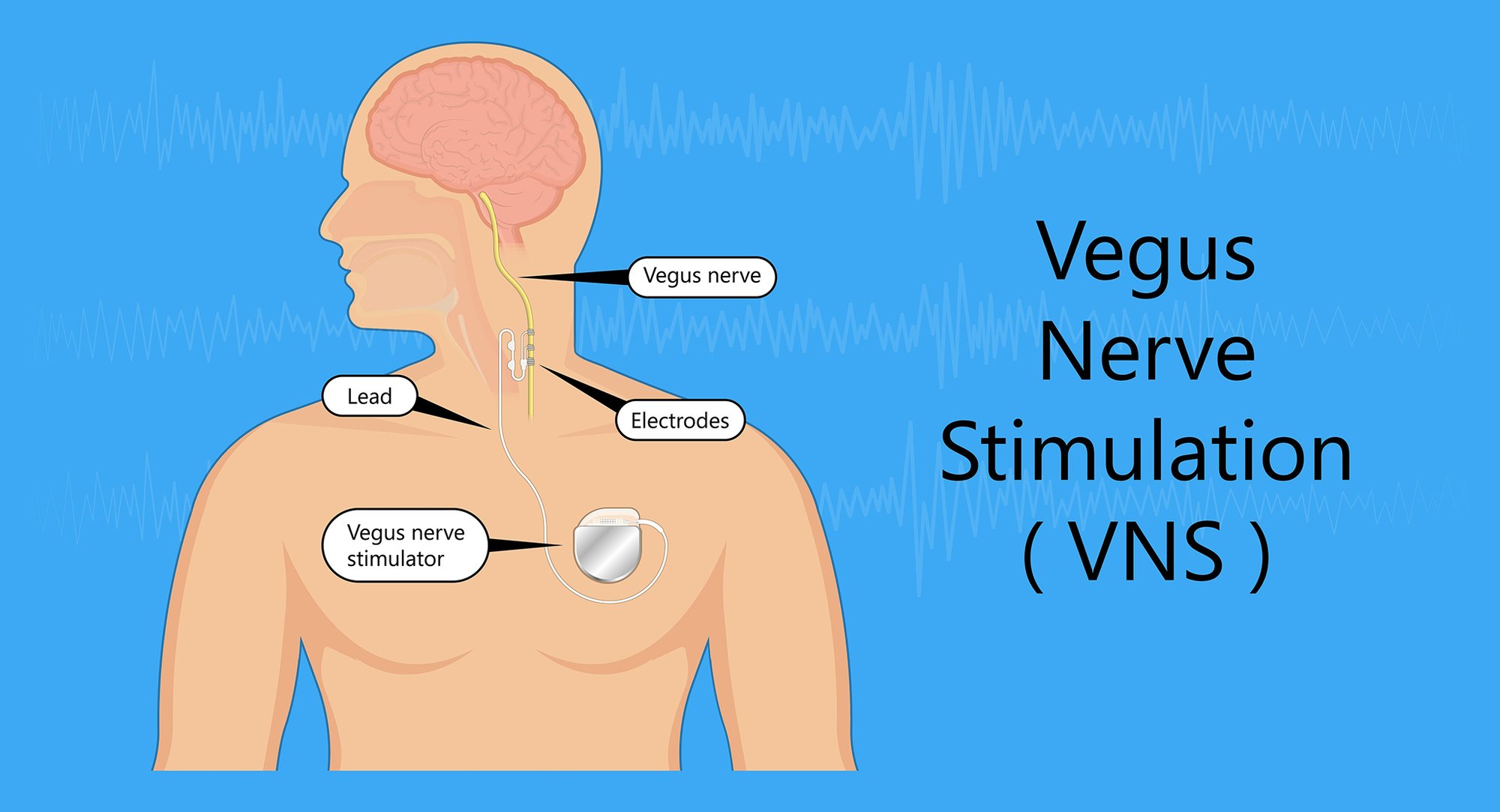Is the Air Force Replacing Coffee Breaks With Nerve Stimulation?

Adobe Stock photo.
Many active-duty service members experience some sort of sleep deprivation during their military careers, which is why caffeine consumption has played such an important role in military culture throughout its history. On the battlefield, fatigue induced by lack of sleep can slow reaction times, reduce the ability to multitask, and increase lapses in judgment that can lead to costly — even deadly — consequences.
While we continue to uncover new and exciting scientific evidence of the health benefits of drinking a cup or two of coffee each day, caffeine as a stimulant, especially in larger doses, can sometimes do more harm than good. And it appears the military is looking for viable alternatives to over-the-counter stimulants, including coffee.
The US Air Force recently conducted a study to learn whether non-pharmacological options, such as electrical nerve stimulation, could yield results similar to those of caffeine consumption.

Vagus nerve stimulation involves the use of a device to stimulate the nerve with electrical impulses. This nerve stimulator is currently FDA-approved to treat epilepsy and depression. There is one vagus nerve on each side of the body running from the brainstem, through the neck, and to the chest and abdomen.
Forty active-duty military personnel from Wright-Patterson Air Force Base participated in a study to analyze the efficacy of cervical transcutaneous vagal nerve stimulation (ctVNS) to mitigate the adverse effects of fatigue on cognition and mood.
“We delivered cervical transcutaneous vagal nerve stimulation (ctVNS) via a handheld neurostimulation device originally approved to treat cluster headaches and migraines,” the study’s authors write. “This device passes a noninvasive electrical current pulsed at 25 Hz through the skin to the nerve via two electrodes placed over the neck.”
Before running any of the procedures, the Air Force Research Laboratory institutional review board on human research approved the study, and all volunteers provided informed consent.

Participants were randomly assigned to one of two groups for this placebo-controlled, double-blind study. The first group received active ctVNS on the skin over the left and right cervical vagal nerve (neck) at 25 hertz for two minutes on each side, with a two-minute break in between.
The second group received a placebo ctVNS on both the left and right cervical vagal nerve. The placebo was conducted with a separate, fake ctVNS device the manufacturer had provided. This placebo device produced similar sensations (for example, vibrations) without actual electrical stimulation.
The study was conducted over 34 hours of sustained wakefulness. For the duration of the study, the ctVNS group performed significantly better in wake-up and multitasking and reported substantially lower fatigue ratings than the control group did.
While no one here wants to give up his preferred method of caffeine consumption, the study found that ctVNS treatment could be a powerful tool against fatigue that is easy to administer, is long-lasting, and has fewer side effects than other common pharmacological interventions.
Read Next:

Kelly Getzelman is a former staff writer for Coffee or Die Magazine. A retired Navy SEAL chief petty officer, Getzelman has nearly two decades of special operations experience and is always ready to ship out on his next epic coffee adventure.
BRCC and Bad Moon Print Press team up for an exclusive, limited-edition T-shirt design!
BRCC partners with Team Room Design for an exclusive T-shirt release!
Thirty Seconds Out has partnered with BRCC for an exclusive shirt design invoking the God of Winter.
Lucas O'Hara of Grizzly Forge has teamed up with BRCC for a badass, exclusive Shirt Club T-shirt design featuring his most popular knife and tiomahawk.
Coffee or Die sits down with one of the graphic designers behind Black Rifle Coffee's signature look and vibe.
Biden will award the Medal of Honor to a Vietnam War Army helicopter pilot who risked his life to save a reconnaissance team from almost certain death.
Ever wonder how much Jack Mandaville would f*ck sh*t up if he went back in time? The American Revolution didn't even see him coming.
A nearly 200-year-old West Point time capsule that at first appeared to yield little more than dust contains hidden treasure, the US Military Academy said.












